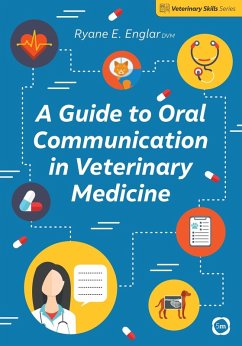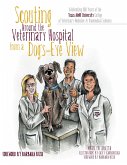Good communication skills provide better clinical outcomes and help avoid minor as well as major mistakes. Approximately 60-80% of negligence claims against vets are related to poor communication, with new graduates especially vulnerable. Communication skills are a growing part of the curriculum in veterinary schools, recognising how fundamental clear communication is to good practice. A Guide to Oral Communication in Veterinary Medicine covers why communication skills are important, the structure of typical communications and suggested approaches, veterinary specific communication pathways, and sample scripts between vet and client. Scenarios covered include everyday communication, dealing with challenging situations, different species, different settings, and communication within the veterinary team. The aim is to instill confidence and competence, build professionalism, and avoid problems. Most current teaching is based on a toolbox approach developed from the human medicine model. However, there is no set standard for teaching methodology, which is why this is primarily a book for students, but also includes a section for educators to provide guidance in this nascent subject.
Dieser Download kann aus rechtlichen Gründen nur mit Rechnungsadresse in A, B, BG, CY, CZ, D, DK, EW, E, FIN, F, GR, HR, H, IRL, I, LT, L, LR, M, NL, PL, P, R, S, SLO, SK ausgeliefert werden.









